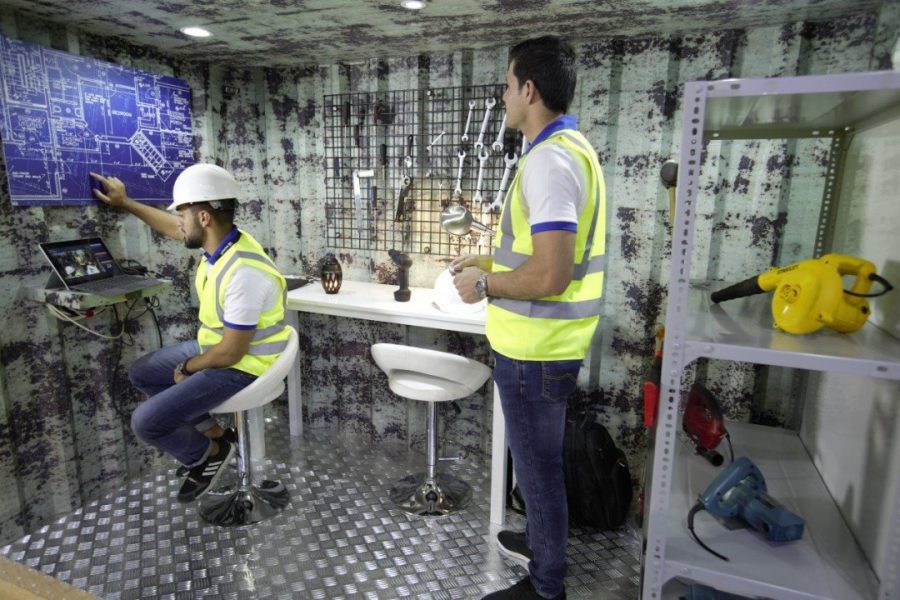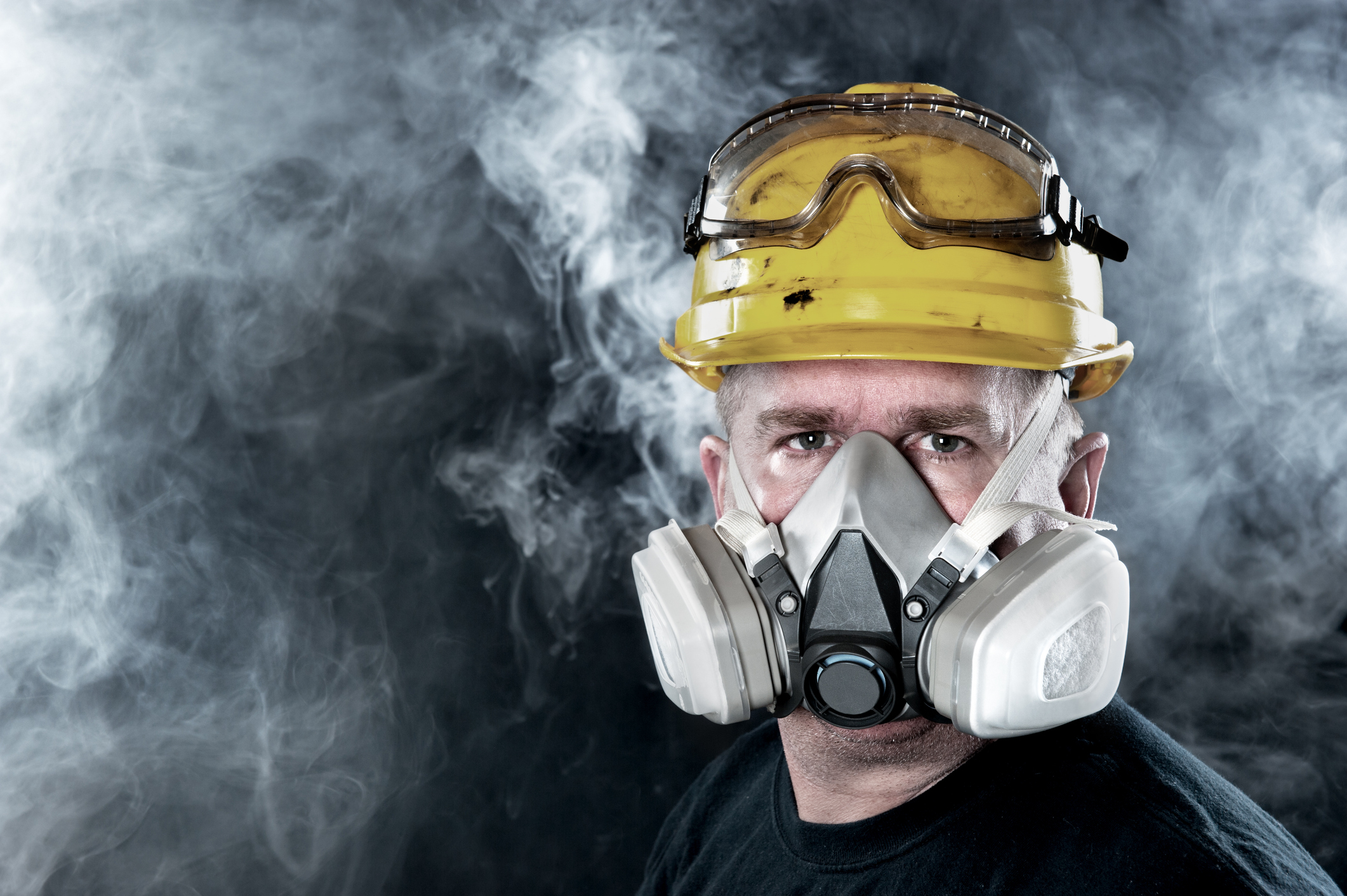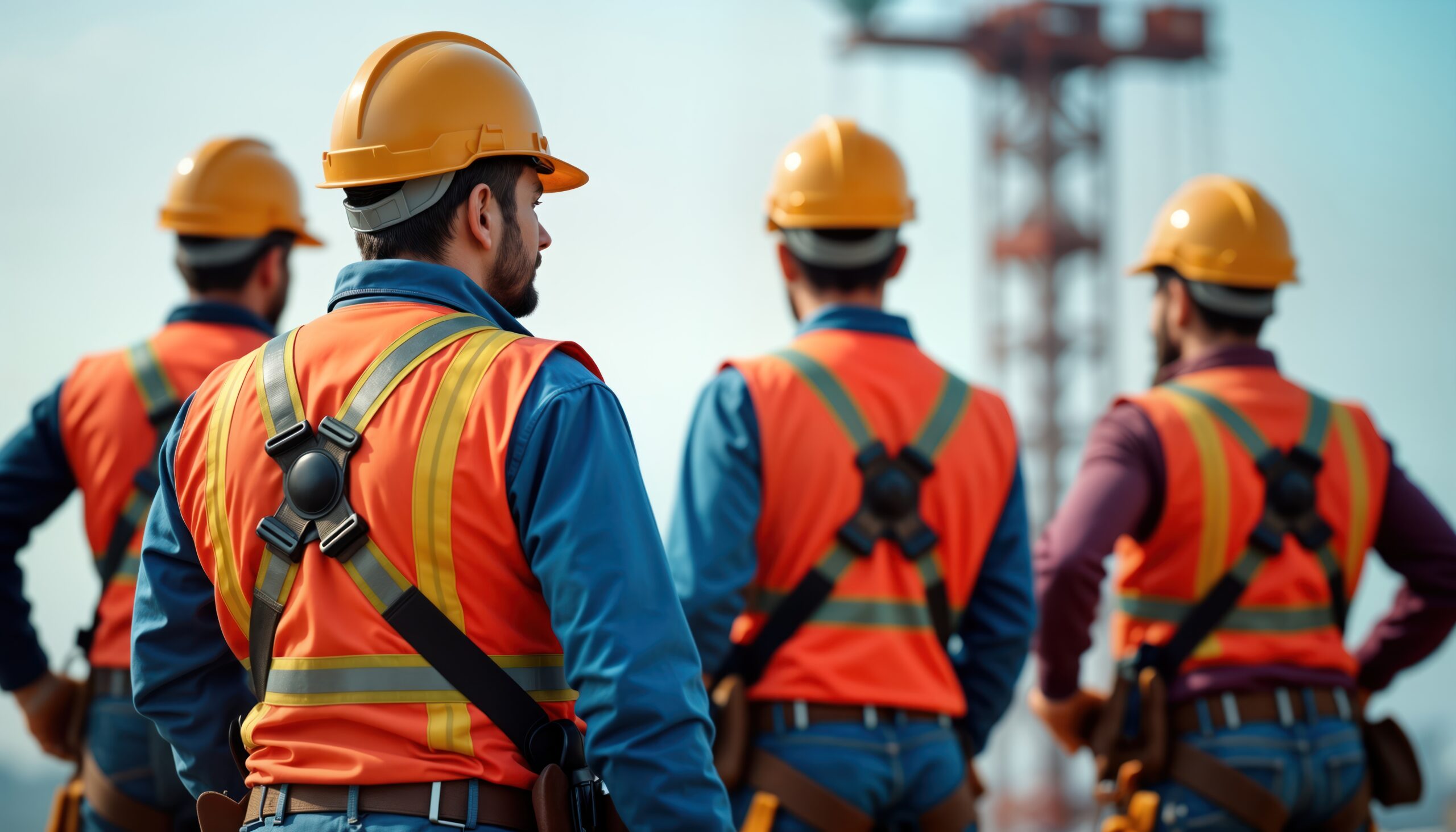How Artificial Intelligence/Machine Learning can Improve Workplace Health, Safety and Environment.

An unhealthy, dangerous or otherwise toxic workspace is known to deter workers from innovation and damage a company’s reputation. Employers have a responsibility to ensure that working environments keep employees safe, satisfied and positive so they can remain productive and innovative on the job.
1. Human Error Elimination
Humans play a huge role in workplace safety, with fatigue and stress readily contributing to catastrophic accidents. According to research Around 40% of US workers suffer from fatigue and mental stress at the workplace.
So, one of the major benefit of AI is that its algorithms can’t be tired, stressed and fatigued like humans, In other words, AI can dramatically improve workplace safety by eliminating the human error factor in the workplace.
For example:
We can develop AI/Machine Learning models having the capability to cleverly detects if employees are wearing the correct PPE for each working area by blending video footage. If a worker is not wearing a Suitable PPE, the AI/Machine Learning algorithm will send an alert and restricts access of that particular person to the hazardous area.
As PPE checks are typically conducted by a staff member, human error can come into play. AI safety reduces this risk.
2. Automating Dangerous Tasks
Thanks to AI/Machine Learning who has enabled the Robots to make decisions and operate themselves. So we can use robots in highly hazardous environments rather than risking human lives.
Robots can replace humans in assessing and investigating dangerous situations, then reporting back valuable data. In this sense, robotics may replace humans for life-risking tasks.
For example, drone use is rising in the construction industry. In fact, between 2017 and 2018, drones deployed to construction sites grew by 239%. Furthermore, one survey found over 50% of construction sites employing drones reported an improvement in safety.
Construction site drones can gather and analyze data otherwise overlooked by humans. For example, we can use drones to inspect roofs. As a result, AI safety makes roof inspections cheaper, more efficient, and most importantly, safer.
3. Workers Tracking
Workers Tracking will provide very important insights like:
- Tracking worker location
- Overseeing vital signs, such as heart rate and blood pressure
- Alerting to environmental risks
- Issuing information to remote workers
- Reducing the chance of musculoskeletal injuries
- Improving staff training
4. Workplace Harassment Monitoring
Workers are very productive when they are happy. Unfortunately, 81% of women in the US have experienced sexual harassment in the workplace.
In 2019, using AI to identify workplace harassment is predicted to become the norm. AI can examine and highlight workplace harassment.
How? Well, with natural language processing, AI can scan work emails to spot inappropriate phrases then send alerts. By crunching data, AI can discover wage gaps and unequal promotions. With voice recognition, AI can recognize who is speaking the most in meetings.
5. Workplace Automation
When you hear automation in the workplace, you automatically think of job losses.
And that is true up to a point. Thanks to computing power, a full office working day in 1970 can now be completed in 1.5 hours. Amazing, right? In fact, in 1930 the economist John Maynard Keynes predicted that automation and technology advancements would eventually leave us with a 15-hour workweek.
AI disadvantages
Despite the clear benefits that accompany AI in the workplace, it does come with disadvantages.
Let’s look at a few:
A) Job losses
AI in the workplace has connotations of mass job losses.
Adnan said:
According to the World Economic Forum, automation will displace 75 million jobs but generate 133 million new ones worldwide by 2022. According to a rough estimate, AI-related job creation will reach two million net-new jobs in 2025.
B) Costs
High tech like AI comes with a hefty price tag. Basic AI for individual development can reach the massive US $300,000.
C) Lack of awareness
AI is not completely errored free. Just last year, a driverless Uber car hit a woman crossing a road in Tempe, Arizona.
One argument is that autonomous systems like driverless cars and robots are taught by virtual training scenarios that do not match real-life environments. Regardless, AI still has room for improvement.
Blog Posts
Latest Posts
Related Posts




